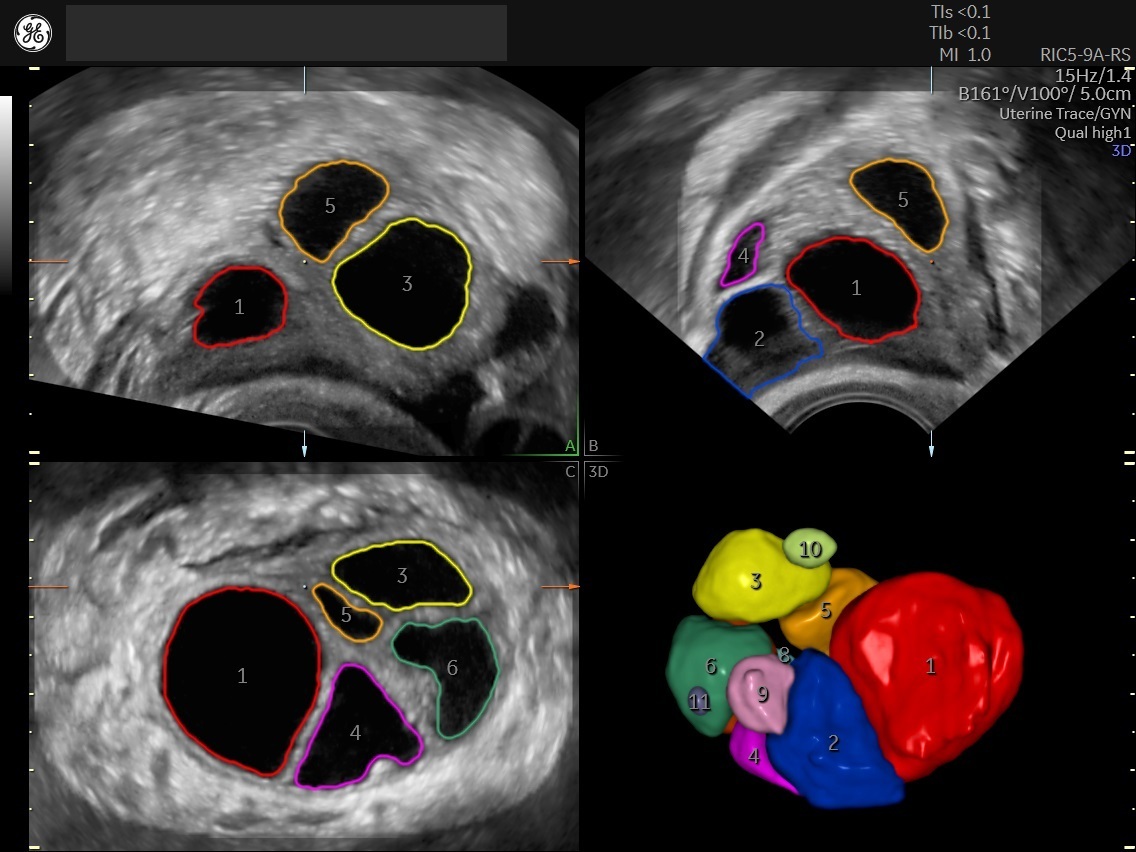As physicians consider whether or not hormone injections should be a part of a patient's infertility care plan, it is important to balance the potential therapeutic benefits with the potential adverse effects of gonadotropin stimulation.
Gonadotropins are either given as follicle-stimulating hormone (FSH) alone or in tandem with luteinizing hormone (LH). They are either made synthetically or extracted from the urine of postmenopausal patients. This treatment option can effectively stimulate ovulation, particularly for women with unexplained infertility, those undergoing IVF or patients who have not been successful with clomiphene citrate or letrozole.
Injectable hormones may come with greater risks of side effects not as prevalent with oral medications. However, these risks can be managed and monitored — and some of them may even be preventable.
Ovarian Cysts and Ovarian Enlargement
Gonadotropin stimulation frequently leads to cysts in the ovaries, but their self-resolving nature means they are not usually a cause for concern. While cysts may lead to some pain, it tends to subside as the cysts disappear. Practitioners can closely monitor cyst development via ultrasound to ensure that the ovaries do not twist, and that the cysts do not rupture or otherwise require surgical intervention. Adding color Doppler can be critical for identifying ovarian torsion.
The Society for Assisted Reproductive Technology (SART) notes that gonadotropins also commonly lead to ovarian enlargement, which may cause some abdominal pain or swelling in about 20 percent of patients (although this often subsides within a few weeks). Patients may also experience nausea or vomiting. Using the lowest possible dose of hormones helps prevent the worst of these side effects.
Ovarian Hyperstimulation Syndrome (OHSS)
According to SART, serious cases of OHSS affect up to 1.5 percent of all patients (and about 6 percent of those undergoing IVF). Severe OHSS often requires hospitalization, since it can lead to ascites and pleural effusion. More rarely, it can cause kidney failure, blood clots and stroke. Clinicians should strongly consider canceling a cycle when an ultrasound reveals ovarian enlargement or when blood estrogen levels surge.
Certain formulations of gonadotropins have been shown to increase the chance of conceiving multiples (mostly twins) in up to 20 percent of pregnancies, SART reports. To minimize the risk, monitor follicular development on ultrasound; if at least three exceed 15 mm in size, consider cycle cancellation.
As you monitor patients for the potential effects of gonadotropin stimulation — and for hyperstimulation — ensure you have the right tools to quickly and effectively assess ovarian response, such as GE Healthcare's SonoAVC™follicle. The technology automatically counts the number of follicles and calculates the volume and dimensions.

SonoAVC™follicle stimulated ovary
An accurate depiction of ovarian function and response can better inform treatment planning and indicate whether to proceed with the current cycle, all while helping to create a safer experience for your patients.


